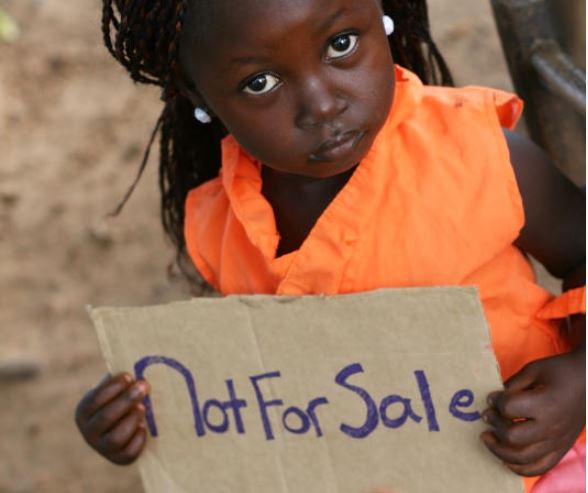×
The Standard e-Paper
Stay Informed, Even Offline

A government team has exposed new chilling details of a thriving child theft racket involving adoption societies, charities, state officers, police officers, lawyers and social workers, all eyeing vulnerable children.
In a report handed to President Uhuru Kenyatta in December last year and accessed by the Saturday Standard Friday, child experts vouch for definite ban on inter-country adoption, citing numerous cases of abuse and theft of children.